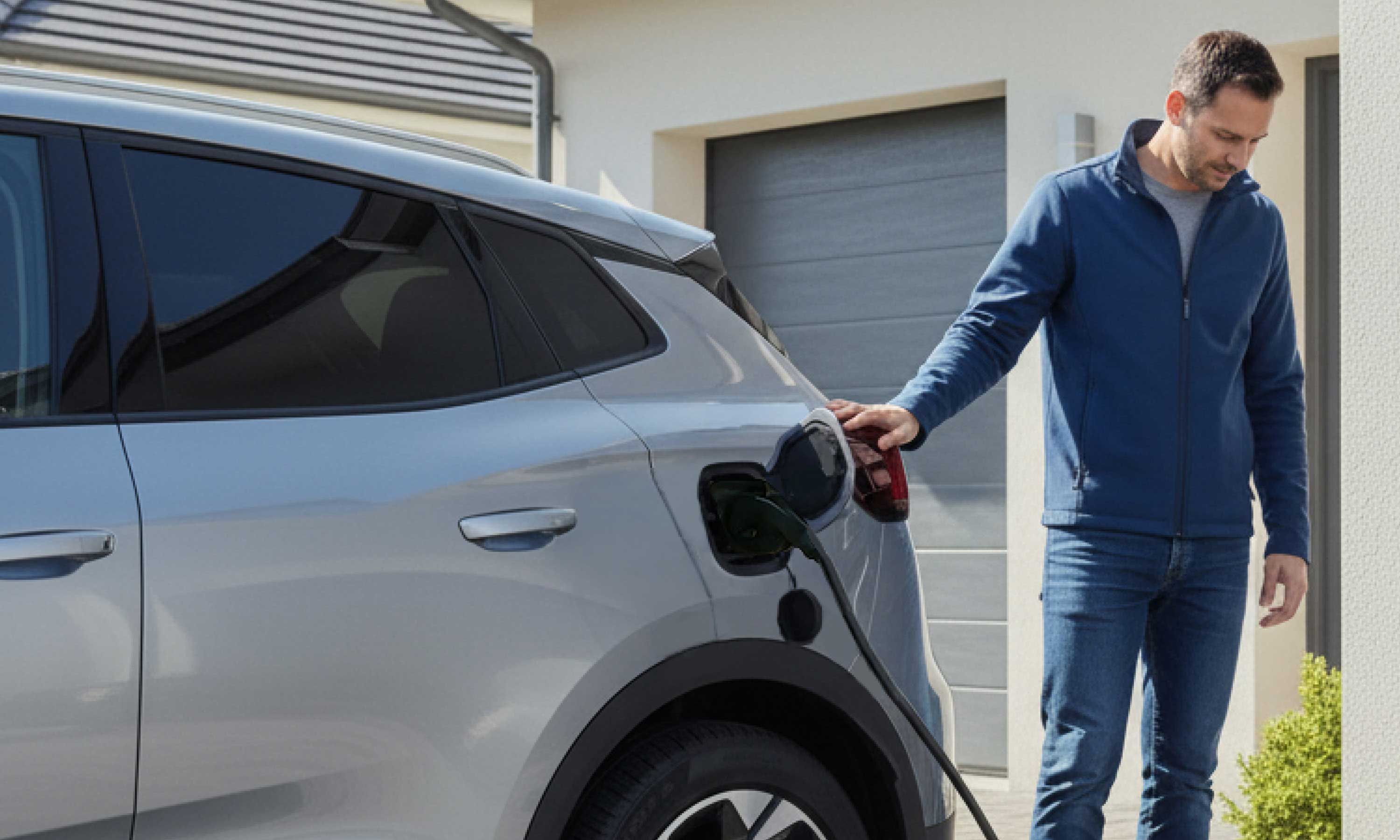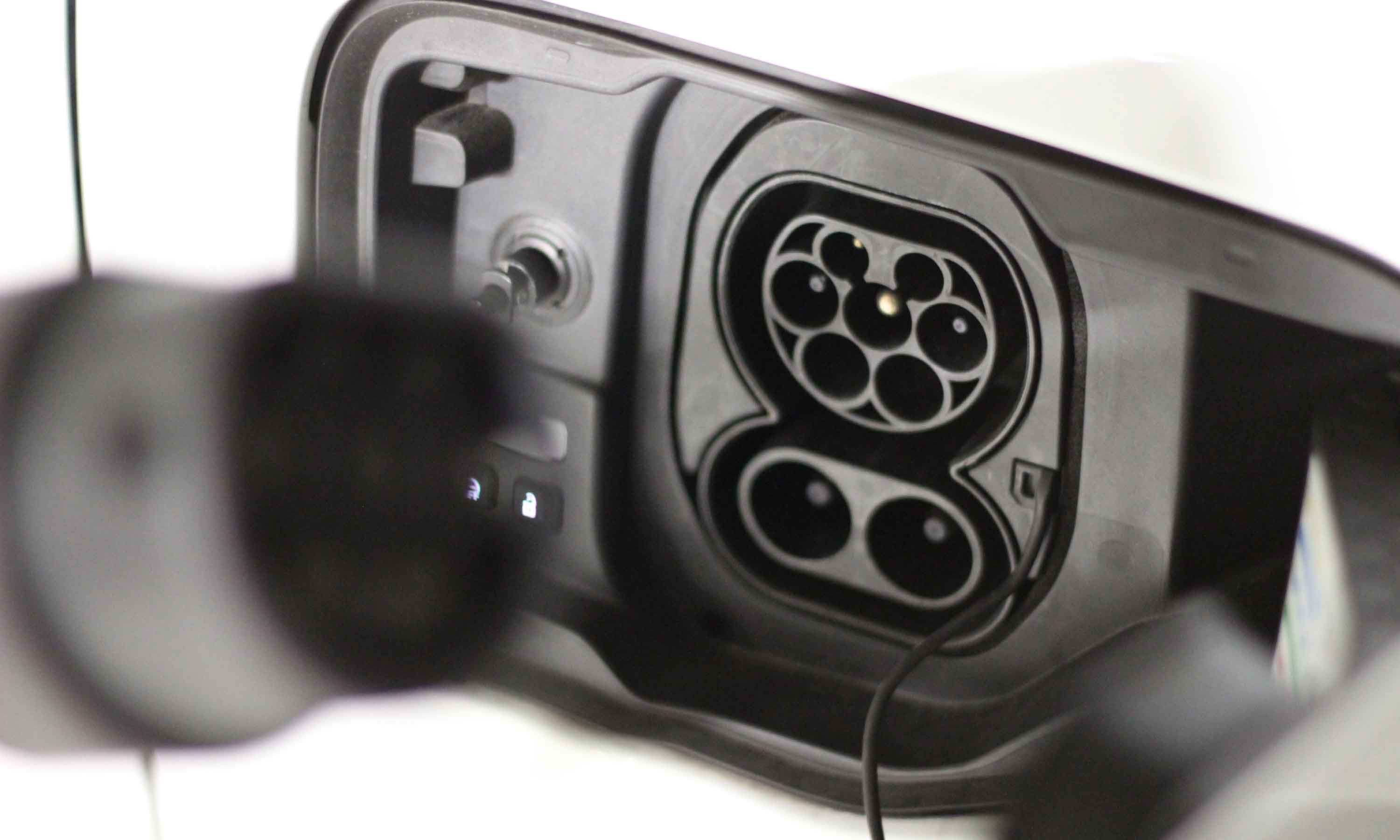Switching to an electric car is becoming more accessible every year thanks to the numerous financial aid programs put in place by the State and local authorities.
Eco-bonuses, social leasing, and local support: several programs reduce the purchase or rental price of an electric vehicle. But beyond these subsidies, a key question arises: how can the investment be optimized over time?
The answer often lies in installing a home charging station, which can significantly reduce usage costs.
Ecological bonus and development of aid
🌱 Ecological bonus and conversion bonus
The eco-bonus remains the main subsidy for purchasing or leasing an electric car (≥ 2 years old). Since December 2, 2024, its amounts have been revised downwards:
- €4,000 if reference tax income ≤ €16,300;
- €3,000 between €16,300 and €26,200;
- €2,000 beyond.
⚠️ For vehicles ordered before December 2, 2024 (and invoiced before February 14, 2025), the old scale (up to €7,000) remains applicable.
👉 And from July 1, 2025, the bonus will be replaced by the “electric vehicle boost” bonus (€4,200 for low-income households, €3,100 for others), then supplemented from October by an additional bonus of €1,000 for vehicles assembled in Europe (source: economie.gouv.fr).
🚗 Conversion bonus: aid now removed
The conversion bonus, also known as the “scrappage bonus,” disappeared at the end of 2024. Only vehicles ordered before December 2, 2024 and invoiced before February 14, 2025 were still eligible.
💡 This removal reflects the government's desire to focus aid on the ecological bonus and on more targeted mechanisms.
💶 Social leasing: electric at €140/month
For low-income households, social leasing allows them to rent a new electric car at a reduced price. After an initial launch in 2024, the scheme was relaunched on September 30, 2025.
🔑 The main points:
- rent around 140 to 200 €/month, without deposit,
- contract of ≥ 3 years,
- private electric vehicles ≤ 2.4 t, meeting an environmental score defined by ADEME.
It is therefore an ideal solution for testing electric vehicles without tying up a significant budget.
Other grants and financial benefits
In addition to the ecological bonus and social leasing, other measures reduce the cost of acquiring and using an electric vehicle.
🌍 Local and regional aid
Some communities supplement national aid with local subsidies.
- In Île-de-France, aid may be granted for the purchase of a clean vehicle to replace an old diesel.
- In other regions or metropolitan areas, support exists for the installation of a charging station in a condominium or in a single-family home.
👉 These programs vary depending on where you live. Before purchasing, it's a good idea to check your local government or town hall's website to see what assistance is available.
🏦 Tax and practical advantages
Driving electric also allows you to benefit from indirect advantages:
- Free or reduced-rate registration certificates depending on the department. Exemption from company vehicle tax (TVS) for businesses.
- Free or discounted parking in certain cities.
- One-off discounts on urban or motorway tolls.
These advantages, less visible than the ecological bonus, nevertheless help to reduce the total cost of ownership of an electric car.
💡 And what about the charging station?
Installing a home charging station is supported by several cumulative financial mechanisms:
- Tax credit: you can deduct 75% of the expenses incurred (purchase + installation) from your income tax, up to a limit of €500 per terminal in 2025.
- Reduced VAT at 5.5%: applicable on supply and installation, provided you use an IRVE-certified installer.
- ADVENIR Program:
- up to 50% of the costs for installation in co-ownership (individual terminal on private site: ceiling €600 excluding VAT; shared terminal: ceiling €1,660 excluding VAT; collective infrastructure: up to €8,000 excluding VAT for 100 spaces),
- 40% for businesses.
- Additional bonus of €360 if the terminal is equipped with intelligent energy management.
- Local aid: certain regions (e.g. Île-de-France with Roulez Branchez) or cities also finance part of the costs, often in the form of an additional subsidy.
⚡ Result: by combining tax credit, reduced VAT, Advenir bonus and local aid, the cost of installing a terminal can be reduced by half. A smart way to secure your installation while maximizing charging savings over the long term (source: ENGIE).



Leave a comment